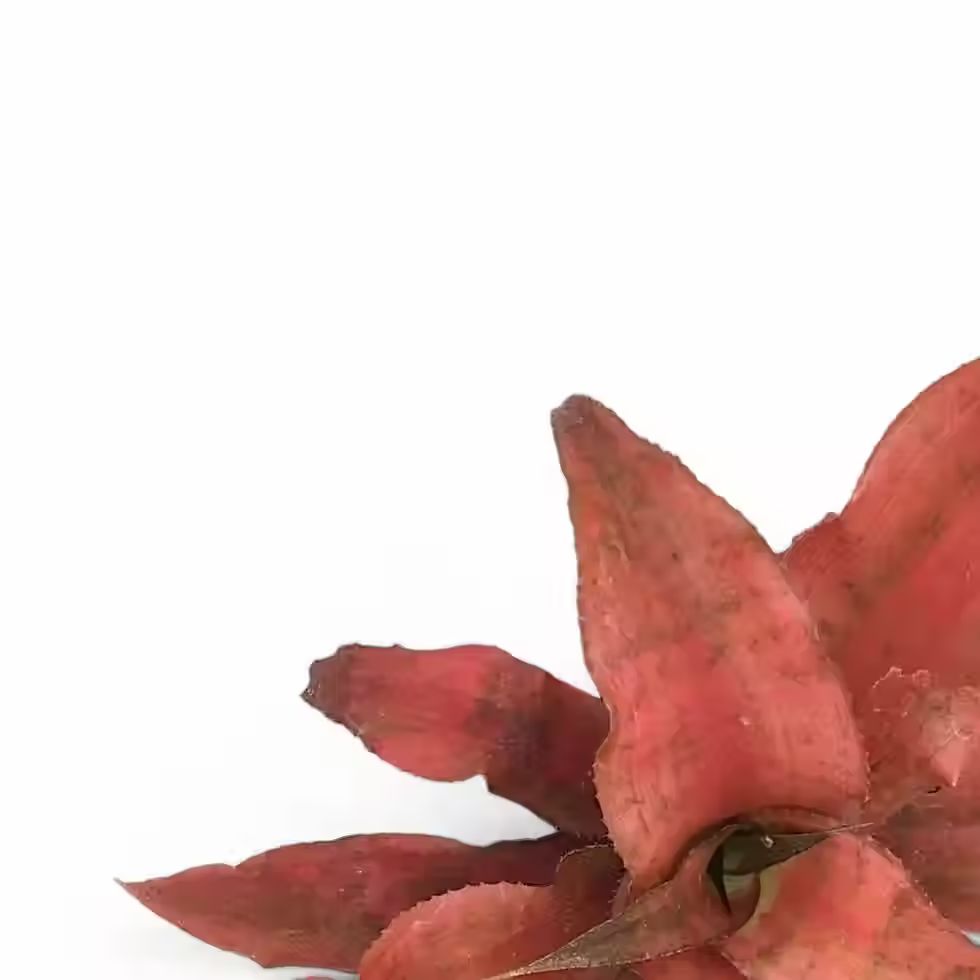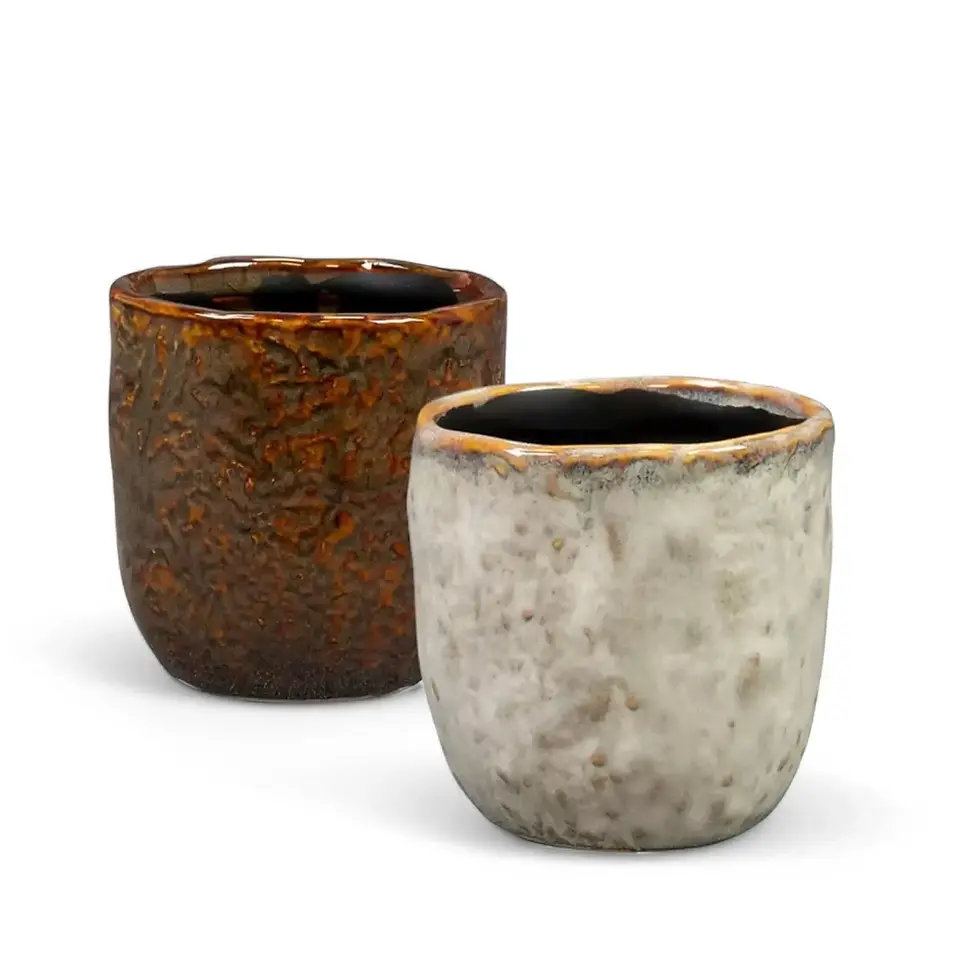Monstera sp. Peru (Karstenianum) Variegata – Growth, Care and Characteristics
Monstera sp. Peru (Karstenianum) Variegata is a rare and visually striking aroid known for its textured, leathery foliage and unique variegation. Its deep green leaves are marbled with creamy white or yellow patterns, making each one uniquely patterned. Unlike other Monstera species, its compact growth habit and firm leaves set it apart as an unusual yet highly sought-after variety. As a natural climber, it thrives when provided with support, producing larger, more defined foliage over time.
What Makes This Monstera Stand Out?
- Distinctive Foliage: Thick, rippled leaves with a deep green base and striking variegation ranging from subtle marbling to bold patches.
- Compact Growth: Unlike fenestrated Monstera species, this plant remains dense and structured, making it ideal for smaller spaces.
- Variegation Patterns: No two leaves are alike, with variations in color intensity depending on light exposure.
- Climbing Habit: Benefits from a moss pole or trellis for vertical growth and enhanced leaf size.
How to Care for Monstera sp. Peru Variegata
- Light Conditions: Requires bright, indirect light to maintain vibrant variegation. Low light may cause new leaves to emerge with less color contrast.
- Watering Needs: Allow the top layer of soil to dry out between waterings. Overwatering can lead to root rot, especially in variegated specimens.
- Humidity Requirements: Prefers high humidity levels (60-80%). A pebble tray or humidifier can help prevent dry leaf edges.
- Temperature Preferences: Best suited for temperatures between 18°C and 27°C. Protect from cold drafts and sudden temperature fluctuations.
- Soil Composition: A well-aerated mix of orchid bark, perlite, and peat-free substrate ensures proper drainage and root health.
- Fertilization Schedule: Feed monthly with a balanced liquid fertilizer at half strength during active growth.
- Support and Climbing: Providing a moss pole encourages larger, more mature foliage and a stronger root system.
How to Propagate This Rare Monstera
Propagation is best done through stem cuttings. Select a healthy vine with at least one node and aerial root. Place the cutting in water, sphagnum moss, or perlite until roots develop. Once established, transfer it to a well-draining soil mix for continued growth.
Common Challenges and Solutions
- Loss of Variegation: If new leaves appear fully green, the plant may not be receiving enough light.
Solution: Increase exposure to bright, indirect light to maintain variegation. - Leaf Browning: Brown edges or spots are often caused by low humidity or inconsistent watering.
Solution: Keep humidity above 60 percent and ensure even soil moisture. - Pest Issues: Susceptible to spider mites and mealybugs, especially in dry environments.
Solution: Wipe leaves regularly and treat with insecticidal soap if needed.
Etymology and Botanical Background
The genus name Monstera is derived from the Latin word "monstrum," referring to the unusual and dramatic appearance of its leaves. The species designation "sp. Peru" reflects its origin, while "Karstenianum" is commonly associated with this plant, though its precise taxonomic classification remains debated. The variegated form is a naturally occurring mutation that enhances the plant’s visual appeal, making it highly sought after by collectors.
Why Add Monstera sp. Peru Variegata to Your Collection?
With its stunning variegation, unique leaf texture, and manageable growth habit, Monstera sp. Peru (Karstenianum) Variegata is an excellent choice for both novice and experienced plant collectors. Its ability to climb and adapt to indoor environments makes it a striking statement piece in any plant collection.
Monstera sp. Peru (karstenianum) variegata
Monstera sp. Peru variegata is approximately 25 cm tall and comes in a ⌀ 10 cm pot

























































